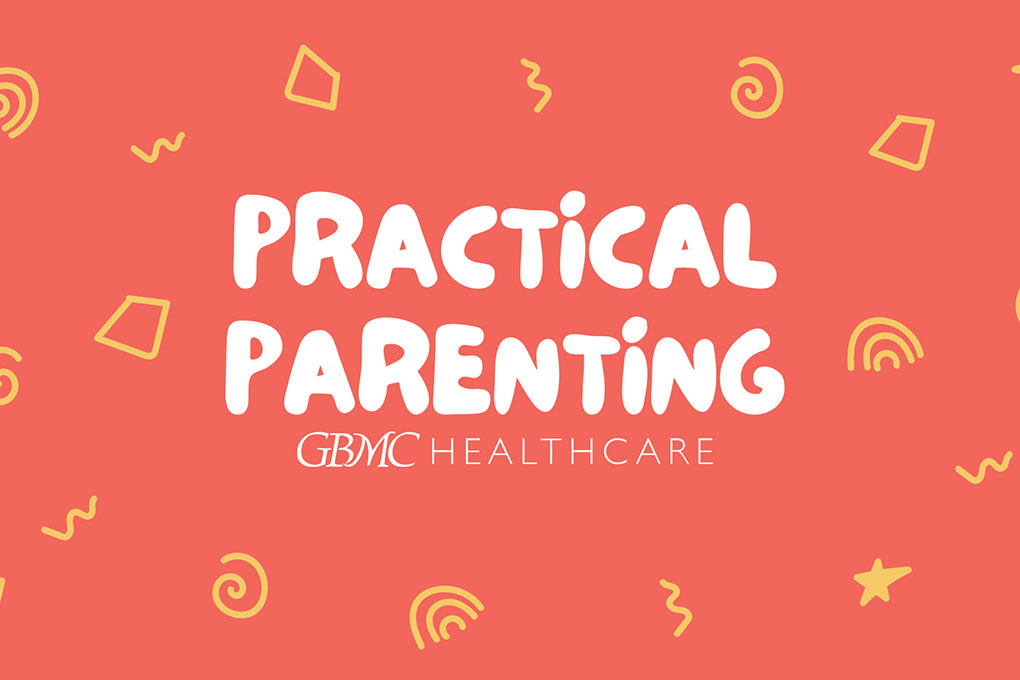Answers About the Condition Women Don't Want to Discuss
December 13, 2018If you’ve ever tried not to laugh too hard or needed to sprint to the restroom, you’re most likely living with incontinence, one of several pelvic floor disorders that women of all ages can face. Dr. Stephanie Jacobs, a member of the GBMC Urogynecology team and a female pelvic reconstructive surgeon with GBMC Health Partners, talked about these disorders that affect 24% of women in the U.S. and treatments that can help mitigate the discomfort and frustration these conditions can cause.
“Most women don’t think about their pelvic floor until there’s an issue,” she said. “But pelvic floor disorders are fairly common and can cause incontinence and bowel problems, loss of support for the vagina, and bladder pain.”
Dr. Jacobs explained that there are two different types of incontinence—stress and urgency. With the first type, women may leak urine when they laugh, sneeze, cough, or exercise. With urgency incontinence, the signaling between the brain and bladder isn’t working right so women may not be aware their bladder is full until they don’t have time to make it to the bathroom. What causes incontinence in women? A range of things, including vaginal childbirth, aging, and even injuries to the knees and hips that result in damage to the muscles of the pelvic floor.
And while many women are living with these conditions, less than half of them talk to their primary care physician or OB/GYN about it. “The first step in finding a solution is to broach the subject with your doctor,” Dr. Jacobs added. “So many women are afraid to ask if what’s happening to them is normal, but we’re here to help you figure out if treatment is needed. And if it is, there is a range of effective options, from medications and Botox to surgical treatments.”




